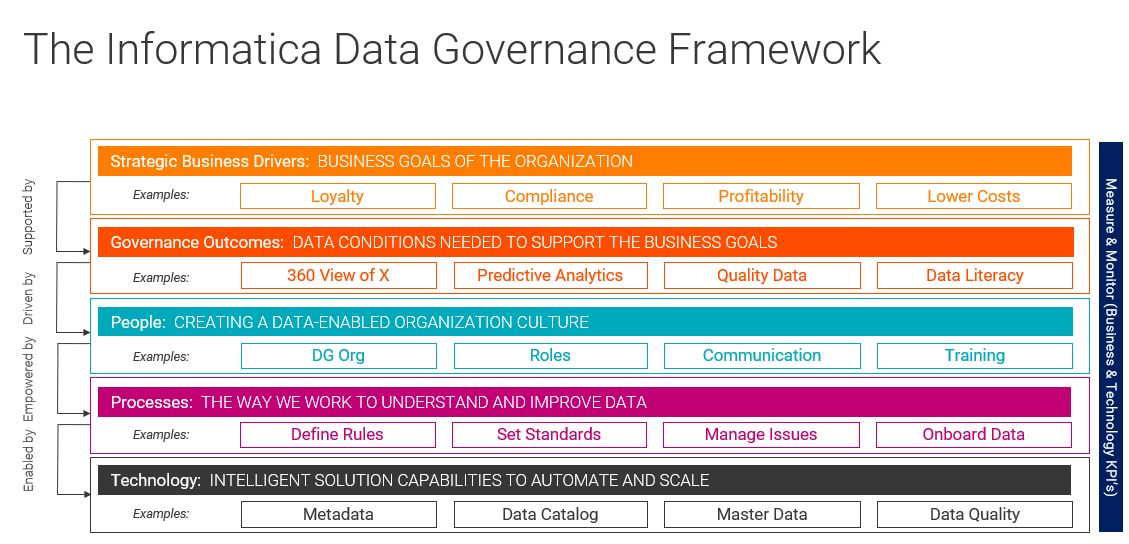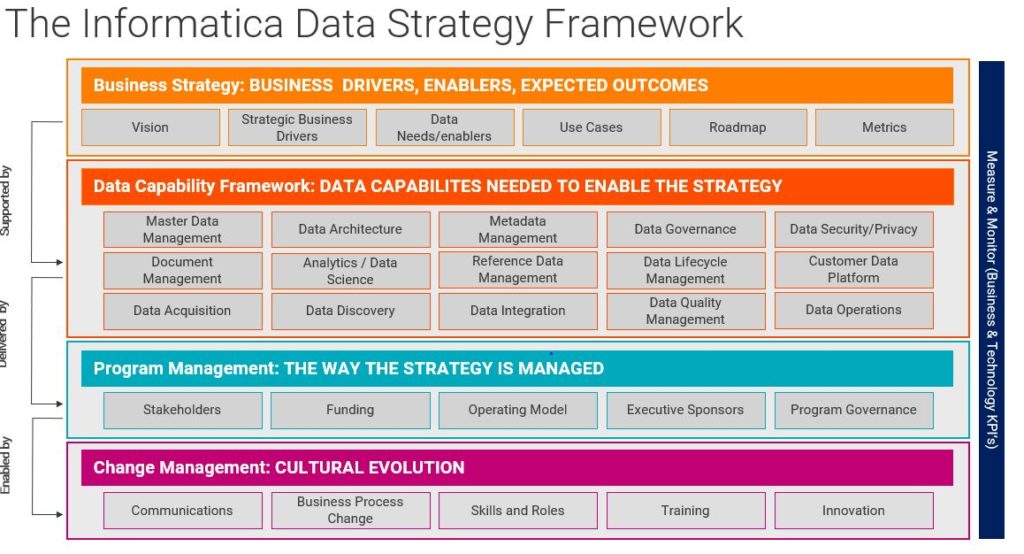What’s So Important About Data Literacy?

Most of us have heard the adage, “Be careful of what you ask for, as you just might get it.” Organizations have asked—and technology has delivered. We have large volumes of data available to us, with the use of this data becoming more influential in strategic decision making than ever before. However, there’s still a significant problem at hand: Most of us are not very good at interpreting and using the data. Unfortunately, simply collecting data isn’t the same as understanding it. With the amount of data available, the challenge has become optimizing its value in driving both day-to-day decisions and digital transformation. Data literacy is not the latest “buzz phrase”: the concept is real. When employees struggle to make sense of data, productivity and business value can be impacted.
Only 32% of companies report being able to realize tangible and measurable value from data. This is partly due to individuals not truly understanding data or its potential. (1)
The Human Impact of Data Literacy, a study recently commissioned by Accenture and Qlik, revealed that only 21% of the global working population reported they are fully confident in their data literacy skills, with just one quarter prepared to use data when entering their current role. Thirty-six percent of employees reported finding alternative methods to complete tasks without using data and 14% would avoid the task entirely. (1)
The vast majority (87%) of employees recognize that data in the workplace is an asset. Yet, many firms are struggling to best blend the people, process and technology components necessary to establish a truly data-informed culture.[1]
While the statistics are staggering, the solution is not complicated.
The Way Forward: Building a Data-Driven Workforce
There are four steps organizations need to consider when planning their data literacy strategy.
1. Set the Organization’s Data Expectations
What do you want your data to do? How will it deliver tangible value for your organization?
Functional users need to review relevant data and act quickly, such as nurses managing hospital beds or supply chain managers identifying and managing potential issues based on data insights.
2. Create a Roadmap to Achieve Data Goals
Within an organization, the roadmap to becoming more data-driven must focus on three key areas:
a. Assessing individual levels of data literacy.
b. Understanding the current availability and required adoption of technology to support each type of user.
c. Defining the data that users need to access to be productive, including governance considerations.
3. Enable Your Employees for Data-Driven Results
The focus should be on:
a. Providing a solution that will deliver the correct insights.
b. Delivering easily consumable insights as part existing work practices, such as the use of dashboards.
c. Adopting frameworks and methodologies that will enable ownership of data process.
4. Close the Data Literacy Skills Gap
Being self-sufficient to work with data is not the same as having self-service analytics. Independent of how consumable the data is, employees need to be able to understand it.
Building this capability into the organization begins with a little bit of strategy and a whole lot of governance. Leveraging both the Informatica Data Strategy and Data Governance Frameworks as contextual models will ensure data literacy considerations are part of the organization’s fundamental construct.


So often we think of the technology and the tools as the solution, with data literacy somehow being embedded. It’s almost as if data literacy is an “out-of-the box” solution enabled without any forethought or human intervention.
These frameworks provide a pragmatic approach to defining data strategy and data governance enablers within an organization. In data strategy development, the process of mapping change management considerations to the people, process, and technology considerations within data governance will highlight the need for training. Connecting these to the strategic drivers within the organization enhance the ROI of the data and technology.
An example of the benefit of data literacy, with associated training, is evident in the following excerpt from a recent case study published about Nemours Children’s Health System.(2)
“Putting data in the hands of medical practitioners, as well as business intelligence and operations teams across the business, has had a tremendous impact on the organization. Data literacy training has been integral to the success of this initiative, with staff feeling empowered, rather than overwhelmed.
Our doctors and nurses now start every day with a snapshot view of patient-first metrics. Displaying standard metrics around appointments, patient flow and revenue cycle management helps us plan ahead, improving the overall patient experience and our ability to deliver the highest level of care”.
Learn More
Data literacy training must not be approached as a tick-the-box exercise. You can learn more about enabling Data Literacy utilizing the Informatica Data Strategy and Data Governance Frameworks.








